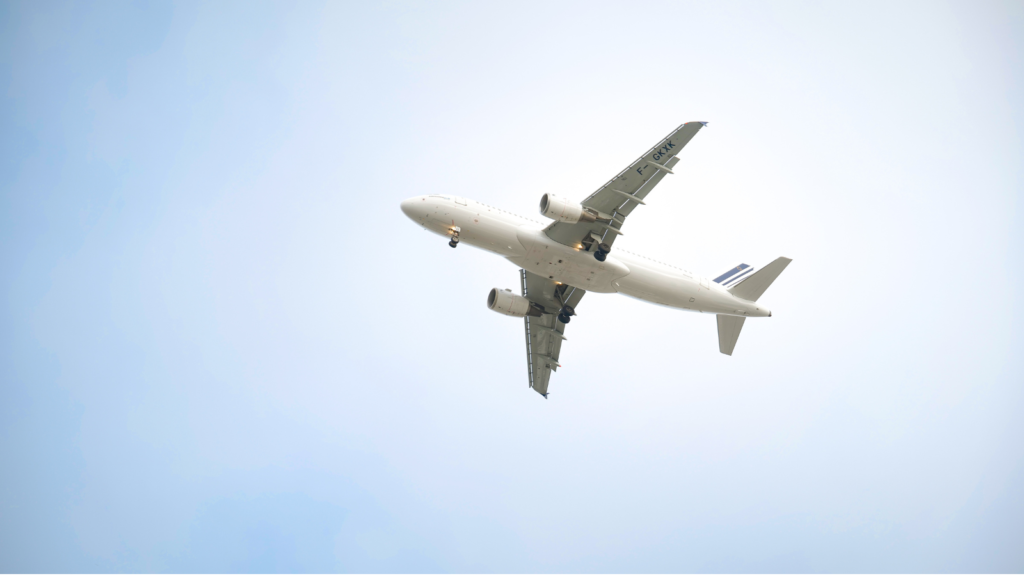After the debacle surrounding the launch of C-band spectrum into the 5G networks of AT&T and Verizon earlier this year amid concerns about airplane interference, the FCC and the FAA (under guidance from the U.S. Department of Transportation) have worked hard to keep discussions between the two camps productive.

Impact: But now a new proposal from some in the airline industry threatens to upend the relative peace around the question of 5G operations in the C-band around airports. The two wireless providers voluntarily agreed to temporary limits on their C-band deployments around 50 major airports in January when the dispute about plane interference first burst into the public consciousness. The two then agreed to extend those limitations past the six months they had originally agreed to and now won’t start deploying C-band spectrum in those restricted areas until July 2023.
It now appears that at least some on the aviation side want to make those voluntarily agreed upon C-band restrictions more permanent in what seems like an attempt to move the goal posts beyond what AT&T and Verizon had previously agreed to as airlines work to upgrade outdated altimeters that could potentially experience interference. There is a 220 MHz guard band between the C-band spectrum used for 5G and that used for aviation purposes. While the airlines say they’re working hard to reach FAA-mandated deadlines to retrofit the old equipment, in a recent presentation to the FCC they indicated they a preference to keep the limits on 5G use in the C-band in place to save them from having to make “costly additional mitigations that are unnecessary given 5G’s operational use cases.” At least one analyst called the airlines’ request “outrageous” and urged the FCC to say no to any such proposal, particularly because it appears that the industry doesn’t want to undertake all of the upgrades – described by LightReading as “expensive and slow-moving” – required to prevent potential interference issues.
With new data from Opensignal out that illustrates the impact C-band deployments have had on both carriers’ 5G service, it seems unlikely either will acquiesce to the aviation demands without a fight even though neither has specifically commented on the aviation proposal other than for Verizon to say it continues to have positive conversations on the issue with the FAA and FCC. Lest anyone forget, AT&T and Verizon paid more than $23 billion and $45 billion, respectively, in the C-band auction to use the valuable mid-band spectrum required to help it narrow T-Mobile’s lead in 5G, fueled by its own acquisition of 2.5 GHz mid-band spectrum acquired in the T-Mobile-Sprint merger. And they have spent well over those figures in total C-band costs, including efforts to get some of the spectrum cleared ahead of schedule.
According to Opensignal’s latest data, AT&T’s 5G download speeds increased 34.5% in the six months from March to September to 67.3 Mbps. In that same timeframe, AT&T’s overall mid-band 5G coverage jumped from just 4.6% to more than 30% of its network. Verizon also registered gains in the six-month period, with its average 5G download speeds increasing 15.8% to 81.4 Mbps and its increasing C-band coverage from 16.2% to 46% of its network. While AT&T hasn’t quite caught up to Verizon, the results show it has narrowed the gap considerably since Verizon got a head start with C-band deployments earlier this year and both have started to gain – albeit slowly – on T-Mobile.
